How to fight skin cancer with UV light
How we can build back our skin's detox pathway | Sunscreen's history of vanity |
“How did we get through the Neolithic Era without sunscreen?
Actually, perfectly well. What’s counterintuitive is that dermatologists run around saying,
‘Don’t go outside, you might die.’ ”
- Richard Weller, Professor of Medical Dermatology at The University of Edinburgh
Here’s what you’ll learn in this article:
1. How sunscreen was used to elevate one’s status in society
2. From poor to posh - the evolution of the tan
3. When the establishment first began to demonize UV
4. What does the office worker of the future look like?
5. How we can build back healthier skin
6. Why sunscreen drains our energy
7. SPF vs UPF
8. How much UV does clothing block?
9. Why most sunscreens block Vitamin D
10. Why you’re less likely to die from skin cancer if you tan in the Sun
11. How EMFs cause skin cancer
12. Which skin type are you?
13. REGISTER for EMF Summer School:
In this article we’ll expose how civilization’s first sunscreens weren’t meant to protect us from UV (ultraviolet), but from social judgement. We’ll also show you how the pros of sun exposure outweigh the cons, and explain what we believe to be one of the risk factors driving the increase in skin cancer.
Why has our relationship with the Sun changed all of a sudden?
For two hundred thousand years, we lived without sunscreen.
In the last one hundred and fifty years (0.075 percent of our existence as Homo Sapiens) one thing has undergone a radical shift: our light environment. The Industrial Age brought an onslaught of electromagnetic fields (EMFs) in the form of the incandescent light bulb, and our lustrous affair with electricity was consummated.
At the same time many of us were being pushed to work indoors during the day, as well as night. A new class of pale vampiric factory workers was born.
Are you a redneck?
Do you have a farmer’s tan?
Worse yet - a trucker’s arm?!
As far back as ancient Egypt, skin was the decisive status symbol. Those Egyptians who yearned not to be associated with the lower working classes would wear a type of sunscreen made of rice bran and jasmine. This was more of a cosmetic lotion than one focused on preventing skin cancer, as lighter skin was deemed more desirable.1.
Side note: Did you know that some of the rulers of Egypt actually had pale skin and red hair, like Princess Scota, who was exiled, only to become the founder of Scotland?
If you want to learn about our hidden past, then check out Robert Sepher, an anthropologist that will take you on a mind-blowing rediscovery of our ancient origins.
Cultures like the Vikings and Egyptians alike would wear eye shadow to protect against sun glare, however this also eventually made its way into its cosmetic application of today.

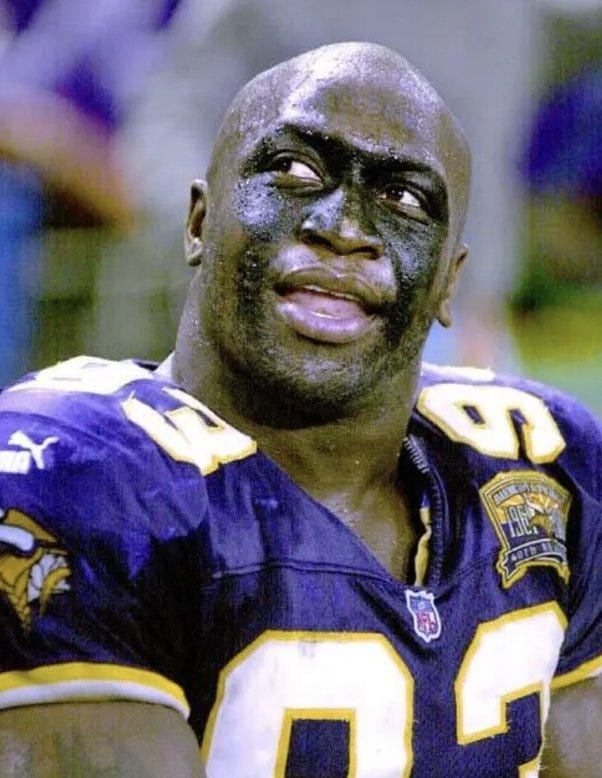
Today, we see sunscreens and sunglasses as protecting us against UV, however the function they provided for our ancestors was related not only to class survival, but for even more practical applications like not being snowblinded:
We discuss how modern sunglasses don’t resemble what was used in the past, along with how wearing them can decrease cancer-fighting hormones like MSH, in this podcast episode:
Leeches Peaches n’ Cream
To lighten their skin, women of ancient Greece and Rome would put on a concoction of lead and vinegar paint, which eventually poisoned them. We can give the Greeks and Romans a little credit because at least they used something that didn’t poison them: olive oil (which has an average SPF of 8). However, the reason why they used olive oil wasn’t necessarily for sun protection more than it was for the purposes of moisturizing and exfoliating.
During the Middle Ages and Renaissance in Europe, the association of pale skin with nobility continued, to the point that lead-based paint, arsenic and even leeches were applied to the skin to gain the Snow White look. Women of the Victorian and Edwardian eras covered up from head to toe in order to preserve their peaches n’ cream complexion, and arsenic-based cosmetics were still in use despite their known fatal effects.
Tanned Pirates of the Caribbean
As European trading routes and empires expanded in the 18th and 19th centuries, Grand Tours to exotic seaside locations became en vogue. Returning with a sun tan was now a badge of leisurely honor. In the meantime, the Industrial Revolution had begun, bringing blue collar workers who used to work outdoors, indoors. They were now the pale ones, slaving away in factories all day.

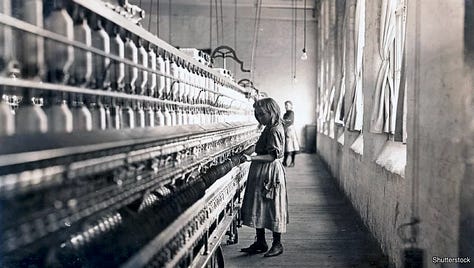

The Dark Ages of Industrial Age Lighting
Coincidentally, many of the experiments demonizing the potent UV wavelengths began around the same time. These experiments were done in lab environments not under full spectrum Sunlight, focusing high-intensity UV wavelengths through a quartz lens.2
Remember: we had been living in full spectrum sunlight for our entire human existence up until this point. Could it be possible that many of us became more sensitive to the Sun, specifically the more intense UV wavelength, as we lived and breathed mostly indoors, now under electric lighting?
Meet Emma: the Energy Vampire
Fast forward one hundred and fifty years: how has our skin and health situation changed? Turns out not too much - other than the fact that now we’re too out of shape to work in a coal mine all day.
“The creepy, life-sized ‘Colleague of The Future’ is a warning from a team of health experts led by behavioral futurist William Higham about what office life is doing to us.
The outcome is Emma. Emma is the extreme representation of the stressed, sedentary office worker of the future.”
-Kristin Houser, Futurism.com
Hiding out indoors too long can make us look like vampires with bloodshot-red eyes, pale skin, and a hunchback.
Emma isn’t sucking our energy right now, but her energy has been certainly drained by the blue light-toxic office environment in which she works.
What do you think is going to happen when we’ve been inside most of the year, sitting in front of our phones day and night, only to don a thong on July 4th?
Who’s more responsible for our sunburn?
The Sun, or our lifestyle?
How do we build back our skin?
Sunscreen disrupts our body’s natural mechanism of Sun protection: melanin synthesis. Melanin, produced in response to sunlight exposure, builds up over time and eventually produces a healthy tan with protection that can last for weeks or even months.
“The powerful antioxidant effects of melanin protect you from the UV rays, while you can still enjoy the many health benefits of visible light and infrared light.”
- Stephanie Seneff, Ph.D, MIT Senior Research Scientist
UV actually lets us create and absorb certain amino acids such as tyrosine, which ultimately get converted to crucial hormones such as dopamine and melanin.
How UV light creates melanin:
Melanin is not only able to transform UV light into heat, which our bodies use to fight cancer cells, but also enhances the amount of infrared (IR) light we can receive from the Sun. IR not only helps our bodies repair, IR further builds our skin’s tan, or what is also known as our solar callus.
The Early Bird Gets the Tan
Early morning light has no UV, but has balanced blue and red light frequencies.
The picture below shows the second way we can improve our skin. When we get IR-A (infrared light) on our skin prior to any UV, this helps us build our solar callus:
The more IR-A we get (noted as LED on the left) the less of a burn we get on our skin when we go into a stronger Sun with more UV.
Sunscreen drains our energy
Melanin is not only a pigment that helps us absorb more UV, it is our bodies’ battery bank. Melanin is what gives our skin its literal spark, helping us accumulate electrons from our local environment, replenishing our system with necessary electrons that can even help detox heavy metals, while insulating us at the same time.
Ever get goosebumps? This is due to the melanin in our hair and skin working to transfer and conduct energy to where we need it most by maintaining our static electricity.
When we cover ourselves up with sunscreen, we cut ourselves off from the zest, or styrofoam peanut, of life:
Our skin is our largest organ. Why would we want to cover it up, and disconnect our electrical circuitry?
SPF, UPF, UV-A, WTF?
SPF (sun protection factor) sunscreens are traditionally sold as blocking out UV-B, which is the type of light that burns. Like the pills we take, to “protective” products like anti-EMF pendants, this can foster a false sense of security.
What happens when we apply sunscreen?
Our skin is our largest organ, and regulates what toxins may or may not pass through into our body. This is why many of us put on sunscreen, because we think we’ll be protecting our skin from the potentially-harmful rays of the Sun. However, slathering ourselves with this chemical cream may be doing the exact opposite.
Imagine you’re outside on a beautiful day in June. You have your sunscreen on, and ready to have some fun in the Sun. You feel impervious, and are out for hours, constantly re-applying and slathering yourself with goo every hour or two.
You may be surprised to know that many sunscreens block mostly UV-B light. Why is this a problem? Everything in nature has a purpose. UV-B is what leads to localized inflammation (which in doses can even be beneficial), which can also create a skin burn. This burn is our bodies’ way of telling us we’ve had enough Sun, and should seek the shade, while we contemplate the benefits of enrolling in EMF 101 Summer School.
If we block UV-B, we don’t create the swelling and inflammation that is needed to truly protect the innermost layers of our skin, where DNA may be damaged. Since UV-B has a shorter wavelength (280-315 nanometers) vs UV-A (315-400 nanometers), it not only doesn’t penetrate as deep, but is responsible for building our solar callus, thickening our skin, so that we can go on to fight another day like golden gladiators in this modern colloseum of EMF.
If we stay out in the Sun longer because we don’t feel a burn, we could potentially let in even more UV-A than we would normally, which penetrates deeper into our skin due to its longer wavelength, wreaking havoc on our DNA and potentially exacerbating cancer as a result.
Broad Spectrum to the Rescue?
Some sunscreen manufacturers have recently shifted to what is known as broad spectrum, which blocks both UV-A and UV-B. However, now even more of the UV spectrum is blocked, cutting us off from this potent light source. As shown in the above graph of amino acids, UV allows us to create many of our thyroid hormones, along with dopamine, serotonin, and melatonin. Remember - when we’re under the Sun, we’re also receiving infrared (IR) light, which serves to repair and regenerate our skin tissue as well.
We also need to maintain our own internal balance of common sense when absorbing this potent medicine. If you’re a pale Nordic, am I telling you to run naked this summer in the bush of Australia for hours?
Not without at least a fig leaf covering your parts.
“Natural” Sunscreens
If you want truly natural sunscreen, olive oil might be a better alternative than the titanium dioxide nanoparticles that are often sold in many “natural”, benzene-free sunblocks. These types of sunscreens have also been shown to double our risk of a bacterial Staph infection!3
The Sunscreen of our Ancestors: Clothing
If we truly want full spectrum protection, we may look no further than the clothing aisle. Hemp clothing has been shown to have an average UPF of 50, which means it is 99.9% effective in blocking UV-A and UV-B rays, according to third-party testing. This style of sun protection doesn’t discriminate UV-B over A, and for that reason filters those rays more evenly than sunscreen.
Hemp/cotton blends are also a decent choice:
Personally if I’ve been out all morning, and I’m still in the garden in the mid-afternoon, I’ll wear a hat and one of my old dress shirts, which is mostly cotton.
The benefits of clothing over sunscreen:
Breathable: lets our melanin do its job
Biodegradable: no nasty chemicals
My personal favorite: you can just take your shirt off and put it back on!
If you can’t eat it, would you put it on your skin?
Do I guzzle Coppertone? No. But I do love my cold-pressed Cretan olive oil. Studies show that ingesting foods rich in omega 3s such as DHA can help protect against sunburn.4
DHA is the most ancient omega3 on Earth, being over 600 million years old, and actually controls how we express our genetics. In every organ, the concentration of DHA vastly outweighs the concentration of any other omega3.5
If my skin has become a bit dry after being outdoors for too long, I smear that olive oil on myself, and feel like a true Roman once more.
Our Vitamin D-lemma
People in the northern hemisphere suffer from chronically-low levels of Vitamin D, which may do more harm than good when we take it as a supplement.
If we’re advised by dermatologists to get less Sun, how do we become healthy?
What’s the optimal way for us to absorb Vitamin D?
The Sun! Specifically the UV-B range of light that most sunscreens block.
UV-B makes Vitamin D3 from LDL cholesterol.6 Now, this is an important fact to remember - if we don’t have cholesterol, we can’t make hormones or vitamins in the right amounts. When we can’t make enough Vitamin D, we become more vulnerable to cancer, heart disease, and depression.
A dermatologist from the University of Edinburgh, Richard Weller, is fighting the mainstream narrative of the Sun being bad for us. Weller began to doubt his profession around 2010, when researching nitric oxide (NO), a molecule produced in our body that dilates blood vessels and lowers blood pressure.
During the darker months of the year, the further we are from the sunny equator, the greater our risk for increased blood pressure, heart disease, stroke, and overall mortality.
Weller had a eureka moment:
Could exposing skin to sunlight lower blood pressure?
Weller exposed volunteers to the equivalent of 30 minutes of summer sunlight without sunscreen and their nitric oxide levels went up and their blood pressure went down!
“Because of its connection to heart disease and strokes, blood pressure is the leading cause of premature death and disease in the world, and the reduction was of a magnitude large enough to prevent millions of deaths on a global level.”
- Rowan Jacobsen, Is Sunscreen the New Margarine? (2019)
You’re less likely to die from skin cancer when you tan in the Sun
Did you know that you’re less likely to die of skin cancer if you’re out in the Sun?
Skin cancer kills less than 3 per 100,000 people in the U.S. each year. For every person who dies of skin cancer, more than 100 die from cardiovascular diseases.
Pelle Lindqvist, a senior research fellow in obstetrics and gynecology at Sweden’s Karolinska Institute, home of the Nobel Prize in Medicine, tracked the sunbathing habits of nearly 30,000 women in Sweden over 20 years. Lindqvist found that sun worshippers had a higher incidence of melanoma - but they were eight times less likely to die from it.
Lindqvist decided to look at overall mortality rates, and the results were shocking. Over the 20 years of the study, sun avoiders were twice as likely to die as sun worshippers.
In a 2016 study published in the Journal of Internal Medicine, Lindqvist’s team put it in perspective:
“Avoidance of sun exposure is a risk factor of a similar magnitude as smoking, in terms of life expectancy.”
Maybe we should go back to smoking then?
Sounds way more fun than being indoors, watching our calories and slathering on lotion like Buffalo Bill from Silence of the Lambs. Wait a minute - if we go into the Sun and smoke at the same time, then maybe, hmmm... I digress.
What causes skin cancer?
Swedish researchers Orjan Hallberg and Olle Johansson have shown that the overall rate of cancer changed precisely with the increase in exposure of the population to radio waves. In Sweden, the rates of cancer accelerated in the 1920s, 1955, and 1969. In their article, “Cancer Trends During the 20th Century”, the authors note: “In 1920 we got AM radio, in 1955 we got FM radio and TV I, and in 1969 we got TV II.”
Johansson and Hallberg continued to focus on FM radio exposure in connection to malignant melanomas (skin cancers), upon following up on the findings of Helen Dolk at the London School of Hygiene. Dolk and her colleagues had shown that the incidence of skin cancer declined with distance from powerful TV and FM radio transmitters, noting that the FM frequency range of 85 to 108 MHz is close to the resonant frequency of the human body.
In their article, “Malignant Melanoma of the Skin - Not a Sunshine Story,” Johansson and Hallberg refute the claim that the incredible surge of melanoma since 1955 is caused primarily by the sun. Rates of melanoma on the head and feet barely rose at all between 1955-2008, while rates for areas of the body that are typically clothed, especially by Nordics, increased twenty times.7
For more info on Olle Johansson, check out this podcast by
, the EMF Guy: Is 5G Really Dangerous?Stay tuned - this Friday we’ll release our interview with Nicolas on our podcast!
Don’t try to be Roman if you’re Greek
There’s no one size fits-all diet, or light diet. Requirements vary individually, based on genetics and environment. Based on your skin type, you might have more difficulty tanning, however this doesn’t mean you shouldn’t get out in the Sun, especially in the early AM when there’s no UV-B.
Non-native EMFs in the form of cell towers and satellites have confounded nature’s biological tapestry of light, as we are no longer getting the natural balance of blue, red, and other wavelengths. This is why seeing the Sunrise and getting out into AM Sunlight is crucial, as the intense blue and violet light is balanced with more infrared, and is what triggers melatonin regeneration for the rest of the day.
We’re all different, but were all born together, under that same Sun.
Thanks so much for taking the time to read our work and learn more about how you can use ancestral strategies to empower yourself in the modern world.
We are more powerful than we know,
Roman & Bohdanna
June 20th: Join us for EMF summer school!
Our first semester is off to an enlightened, star-studded bang!
To join our waitlist for the second semester, you can register here:
You can also support us at The Power Couple Bookshop - dedicated to making us relearn from our ancestors.
Aldahan AS, Shah VV, Mlacker S, Nouri K. The History of Sunscreen. JAMA Dermatol. 2015;151(12):1316. doi:10.1001/jamadermatol.2015.3011
F. H. Verhoeff, Louis Bell and C. B. Walker. The Pathological Effects of Radiant Energy on the Eye: An Experimental Investigation, with a Systematic Review of the Literature Proceedings of the American Academy of Arts and Sciences, Jul., 1916, Vol. 51, No. 13 (Jul., 1916), pp. 627, 629-818
Yan Xu, Ming-Tzo Wei, H. Daniel Ou-Yang, Stephen G. Walker, Hong Zhan Wang, Chris R. Gordon, Shoshana Guterman, Emma Zawacki, Eliana Applebaum, Peter R. Brink, Miriam Rafailovich, Tatsiana Mironava. Exposure to TiO2 nanoparticles increases Staphylococcus aureus infection of HeLa cells. Journal of Nanobiotechnology, 2016; 14 (1) DOI: 10.1186/s12951-016-0184-y
Pilkington SM, Watson RE, Nicolaou A, Rhodes LE. Omega-3 polyunsaturated fatty acids: photoprotective macronutrients. Exp Dermatol. 2011 Jul;20(7):537-43. doi: 10.1111/j.1600-0625.2011.01294.x. Epub 2011 May 16. PMID: 21569104.
How to nourish babies with electric food
Firstenberg, Arthur. The Invisible Rainbow. Chelsea Green Publishing, 2020.
Additional Resources:
https://phys.org/news/2016-05-melanin-great-batteries.html
https://www.outsideonline.com/health/wellness/sunscreen-sun-exposure-skin-cancer-science/?scope=anon
https://www.wsj.com/articles/sunscreen-protects-the-skin-but-does-it-harm-the-body-11564738203?mod=article_inline


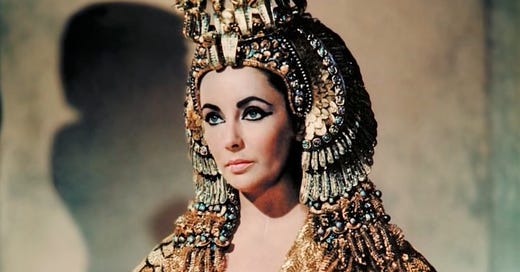



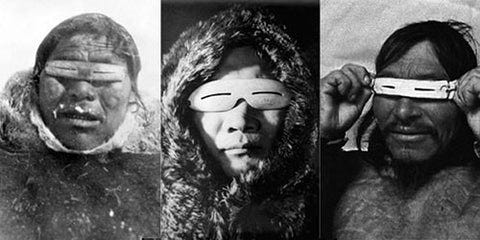


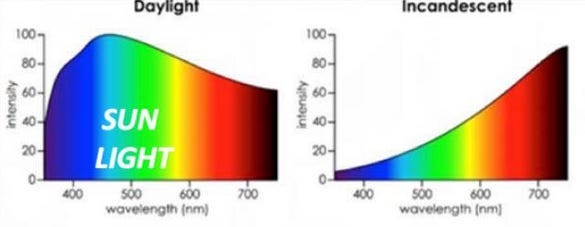
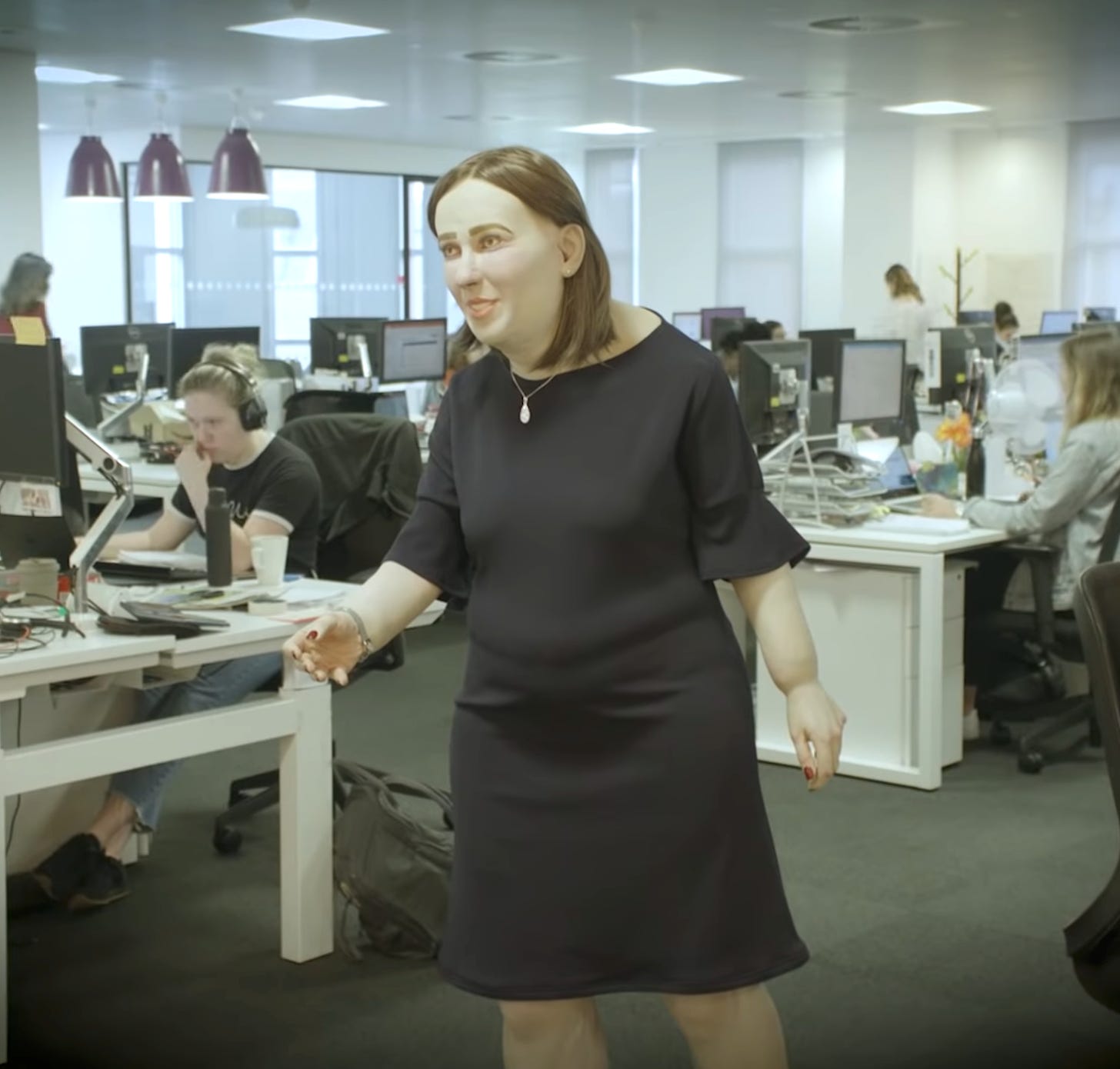
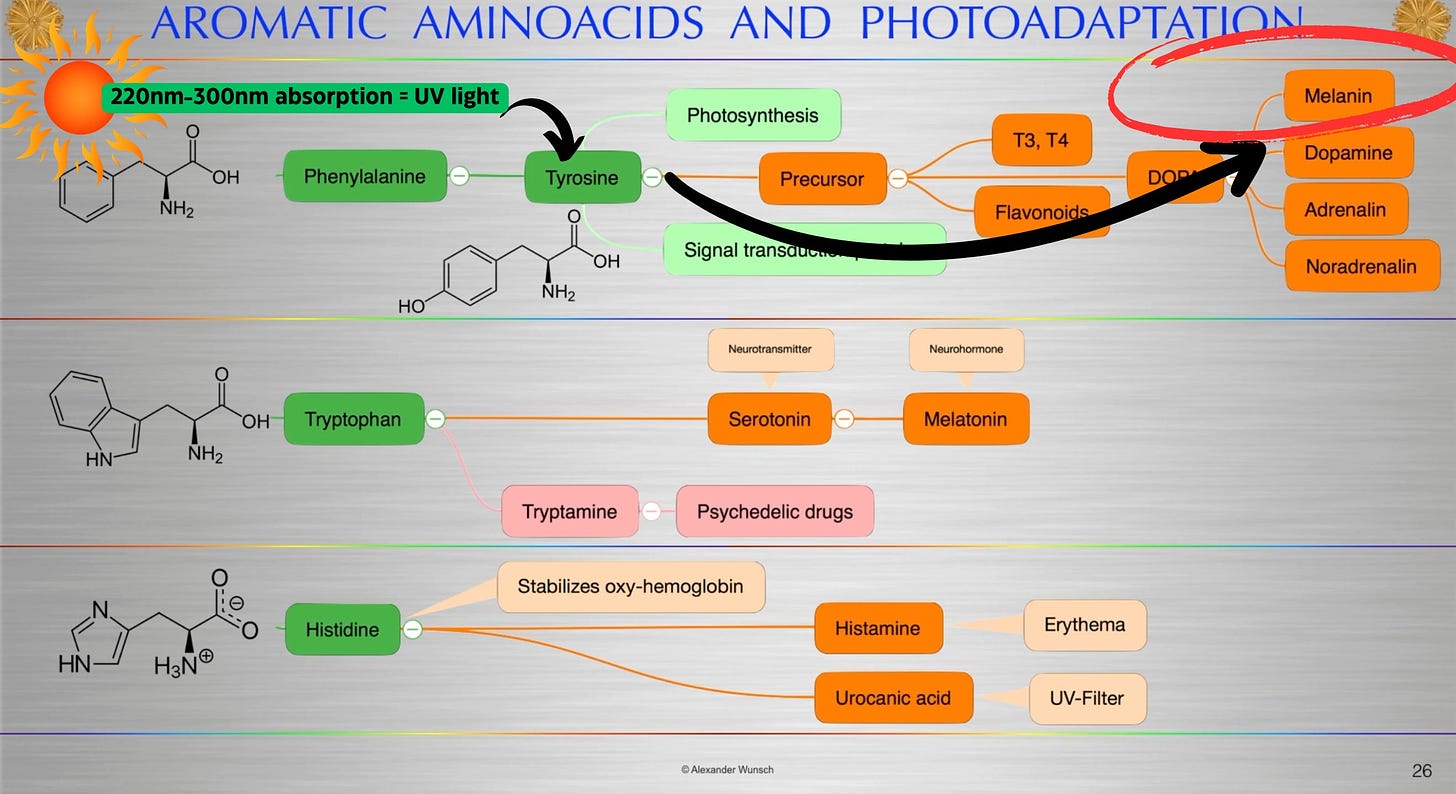
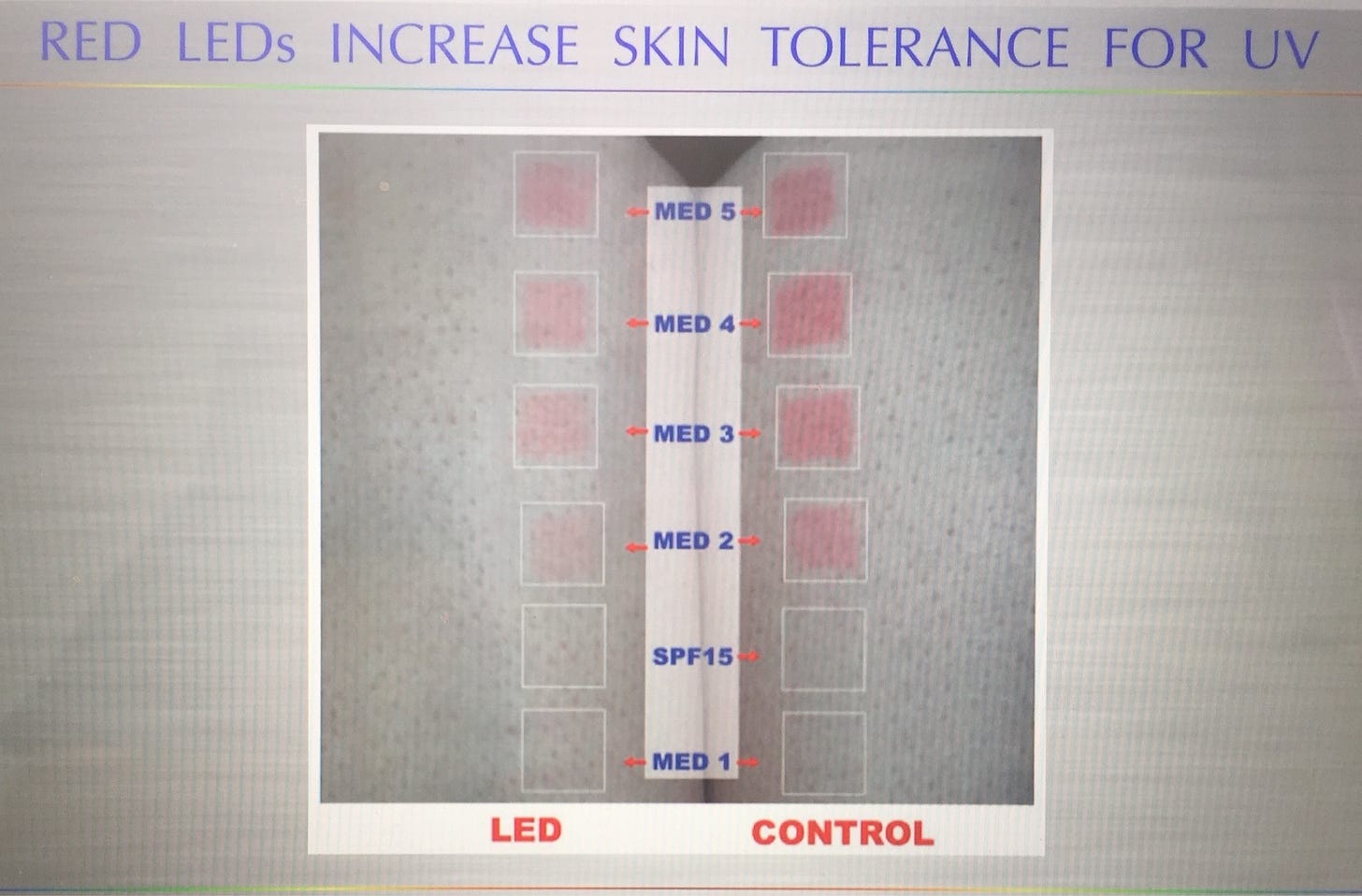
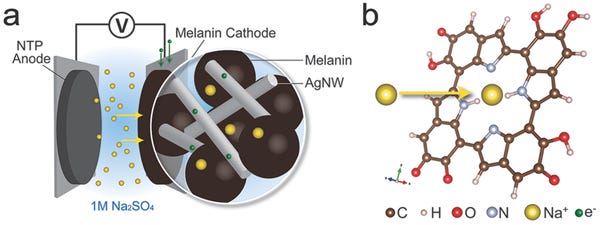
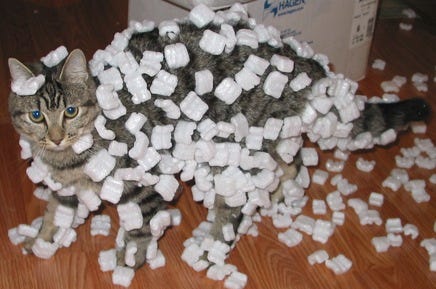
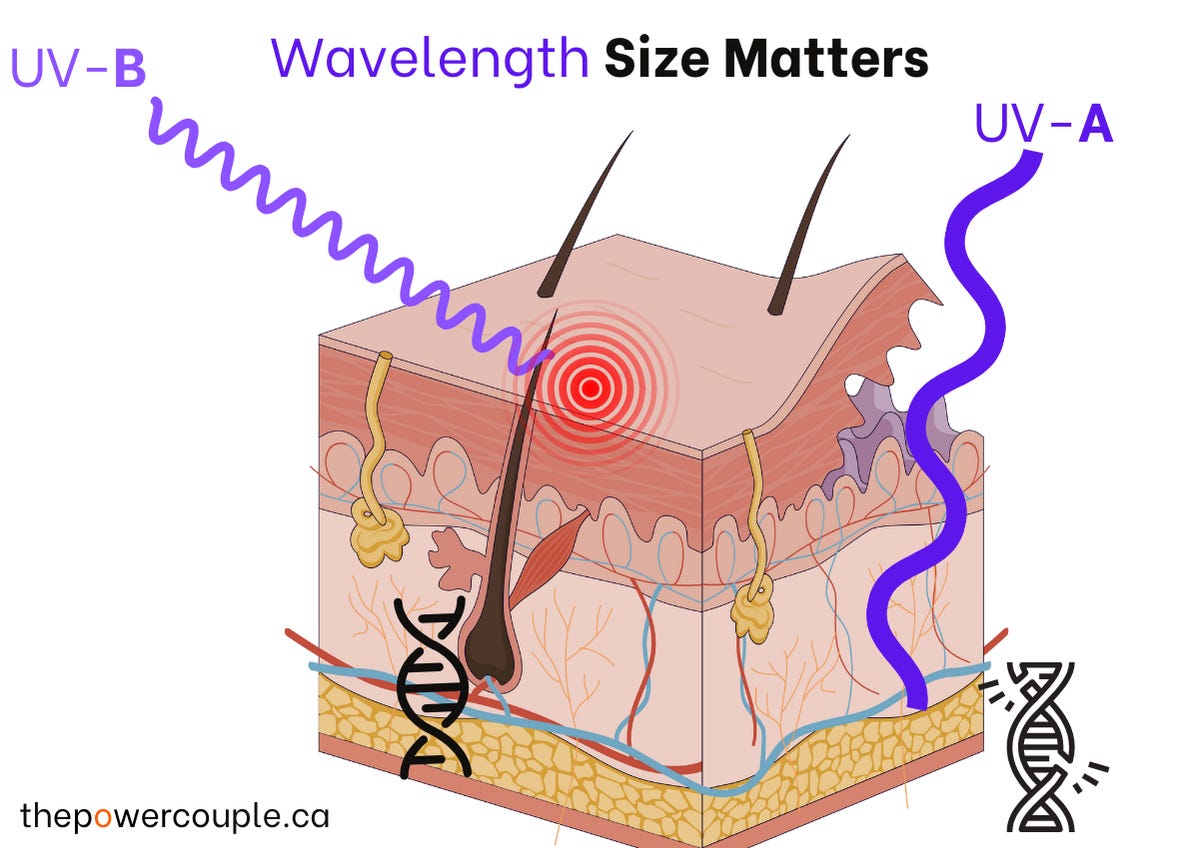
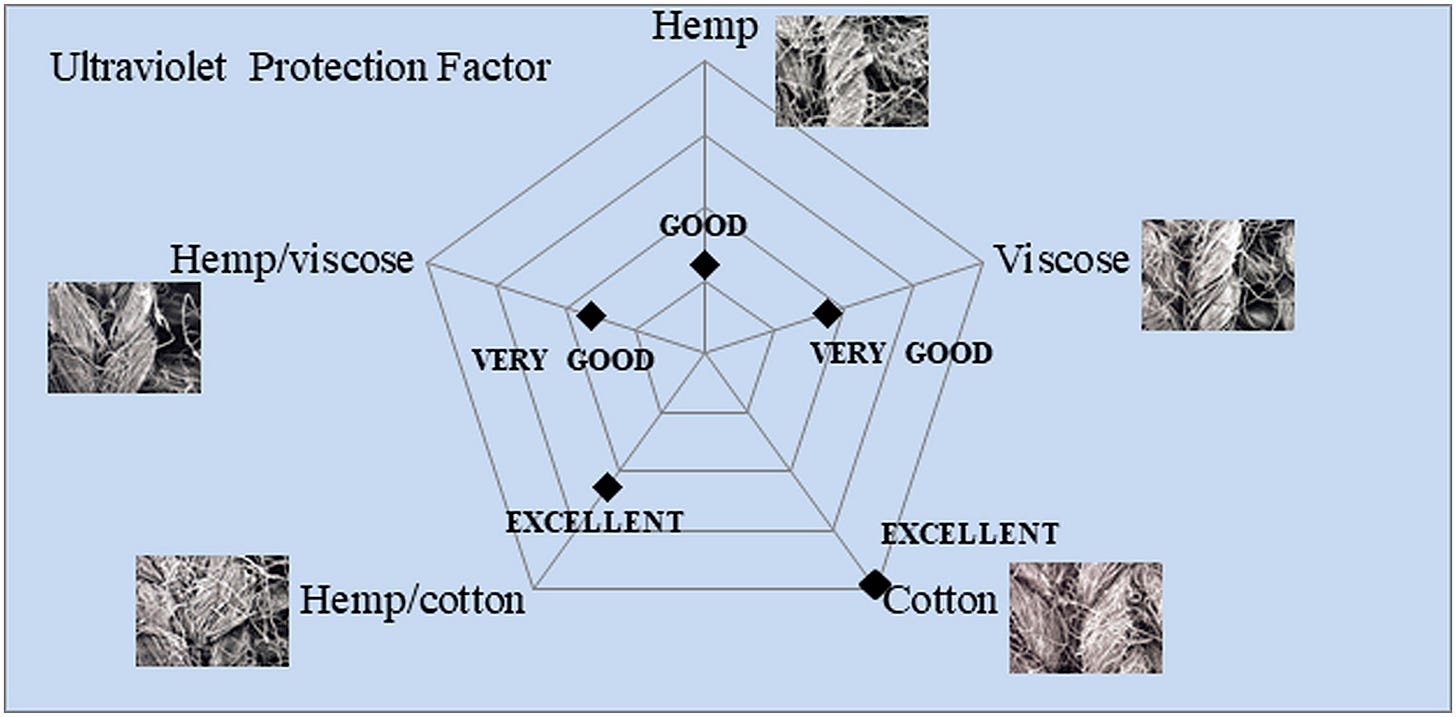
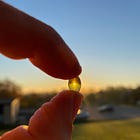
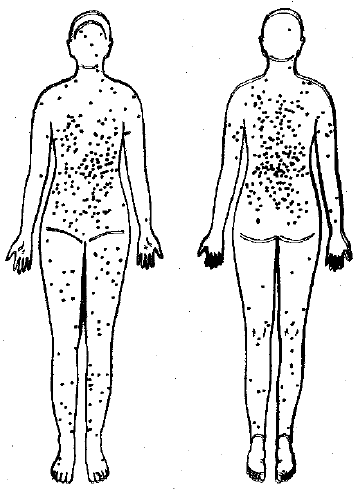
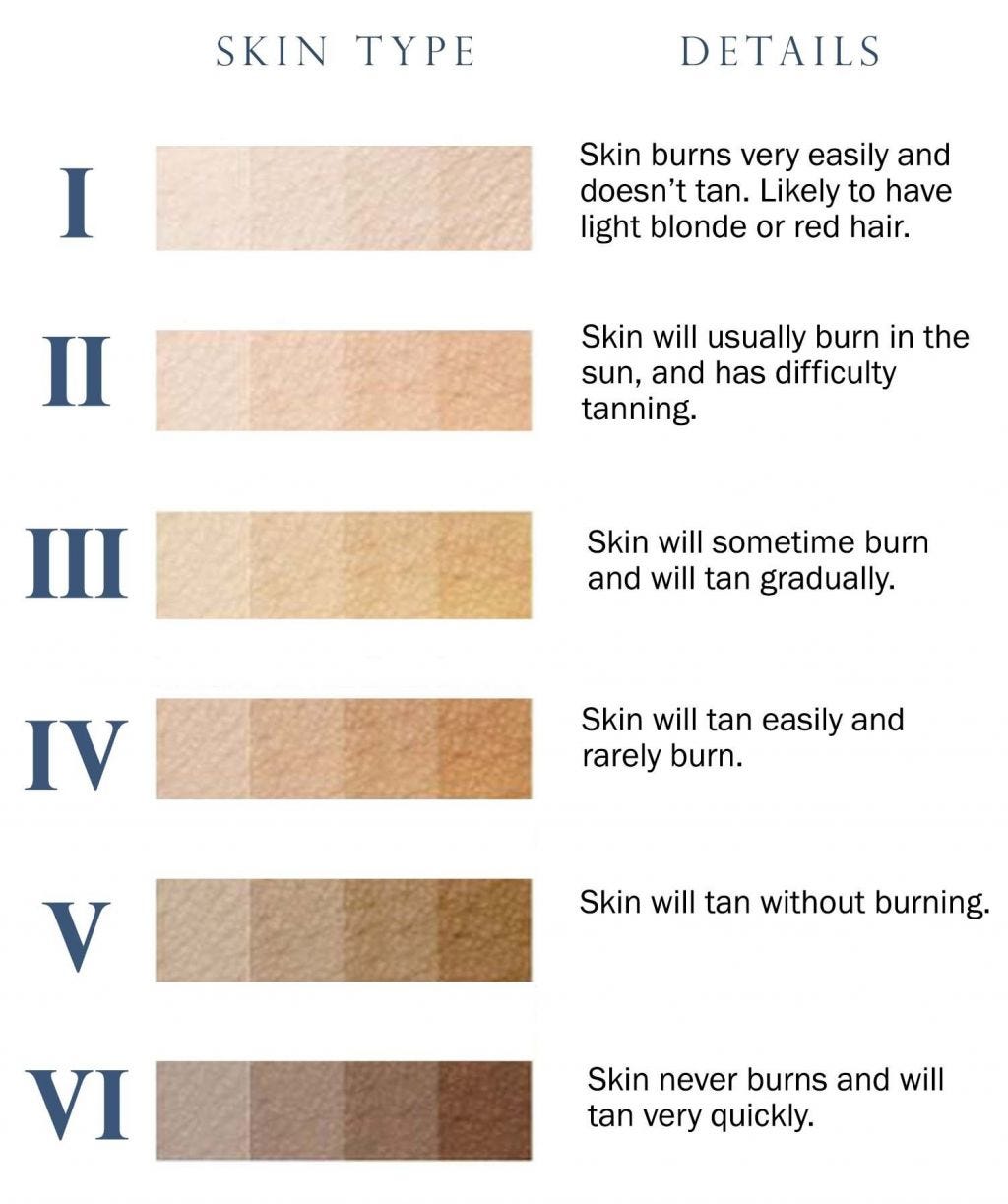

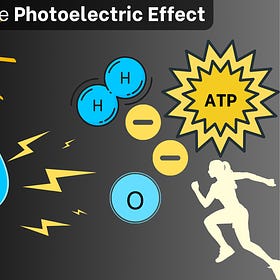
Great article, Roman! I used to be a regular at the dermatologist. Had a melanoma around age 30 and multiple other skin cancers. I just went along with chunks routinely being taken out of my skin. Until I woke up to the lunacy. I've had success with Chaga cream removing skin irregularities like what they call basal cell, etc. I haven't worn sunscreen in years and since I moved to the country and am outside a lot more, My Scottish/Irish/Polish skin rarely burns and I've actually had moles disappear. No sunglasses, either. This narrative of the sun being bad for us is just crazy.
Curious what you think about the ozone layer argument? I'm not gonna lie, I miss the smell of Coppertone, Sea and Ski, and Bain de Soleil! :) ☀️
Profoundly important and interesting article. Confirms things I have been thinking for a while. The tyrosine link is important for people with parkinson's [dopamine insufficiency]. Everything in the world seems to be turned 180 upside down.